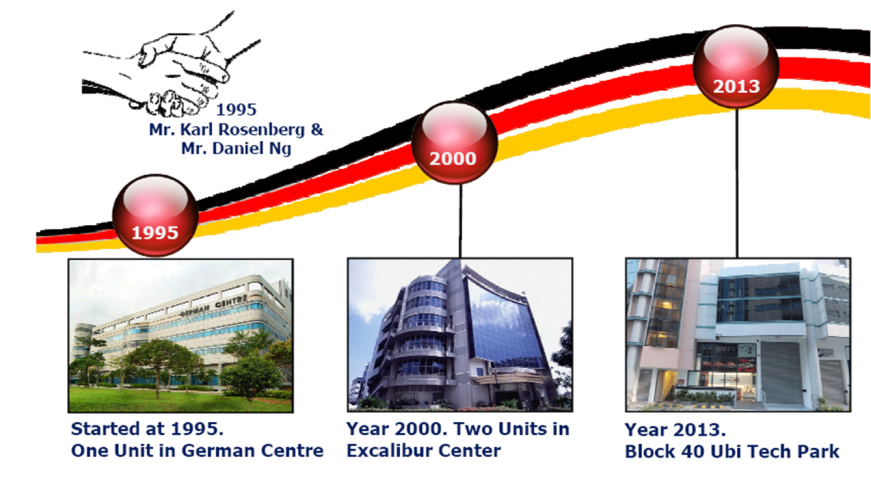

Of course, to comprehensively cover universal principles of UX design – a vast and complex topic – would be a challenge in just a single article.

Regardless of the outcome - be it analog, like Lance Wyman’s iconic Mexico68 Olympic identity (left) or digital, like Apple’s ubiquitous Activity iOS branding (right) – the principles of design remain consistent and timeless. By focusing on acquiring these first principles, you develop skills that stand the test of time and set you apart as a designer. The good news is that the principles of the past still work. We’re increasingly asked to solve design problems that – as new technologies are imagined and invented – have never been solved before. On top of these, enhancing what we build, but these core principles underpin the experiences we create. We can, of course, layer an understanding of other principles: psychology, anthropology, and economics. These principles, which should sit at the heart of everything we design and build, are critical and will stand the test of time:Ĭollectively, these principles form the firm foundations on which we design great experiences. In the second article in my series for Adobe XD, I’ll explore the foundations that enable us to establish some universal principles of UX. ( This is a sponsored article.) As designers working in an ever-changing field, it’s important that we develop an understanding of the timeless design principles that underpin everything we do. This article, the second in a series of ten sponsored by Adobe XD, provides an overview of universal principles of UX design, ensuring your skillset is built on firm foundations. It’s a challenge! An understanding of core design principles, however, will stand the test of time and serve you well throughout your career. In an ever-changing discipline, it can be hard to keep abreast of everything as a user experience designer.


 0 kommentar(er)
0 kommentar(er)
